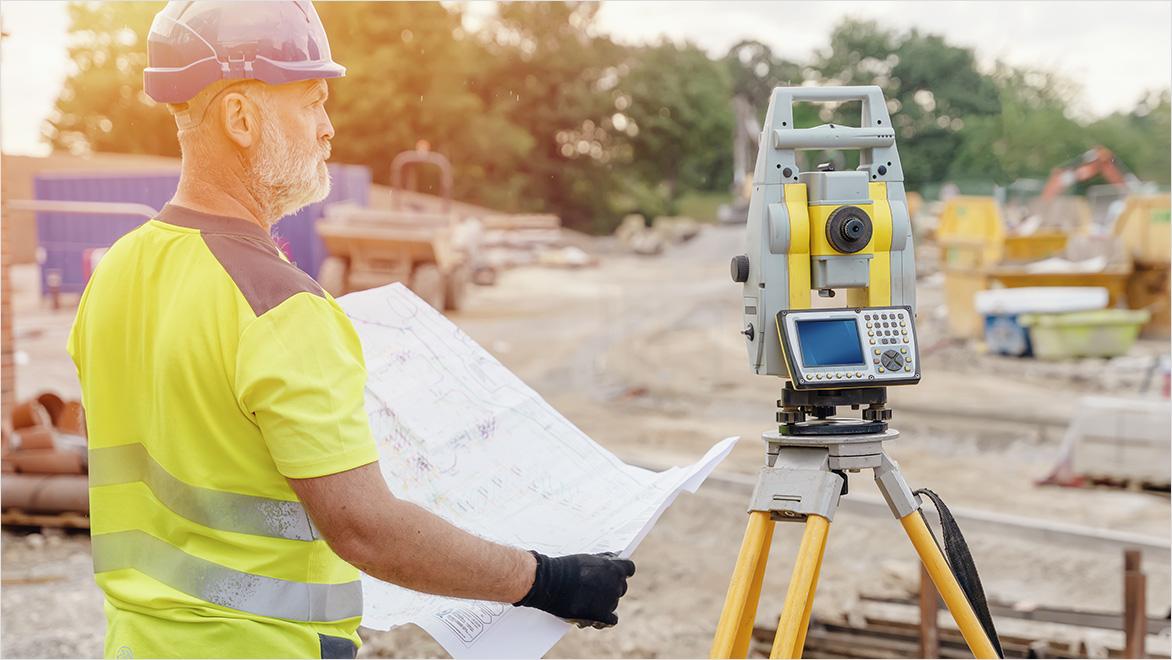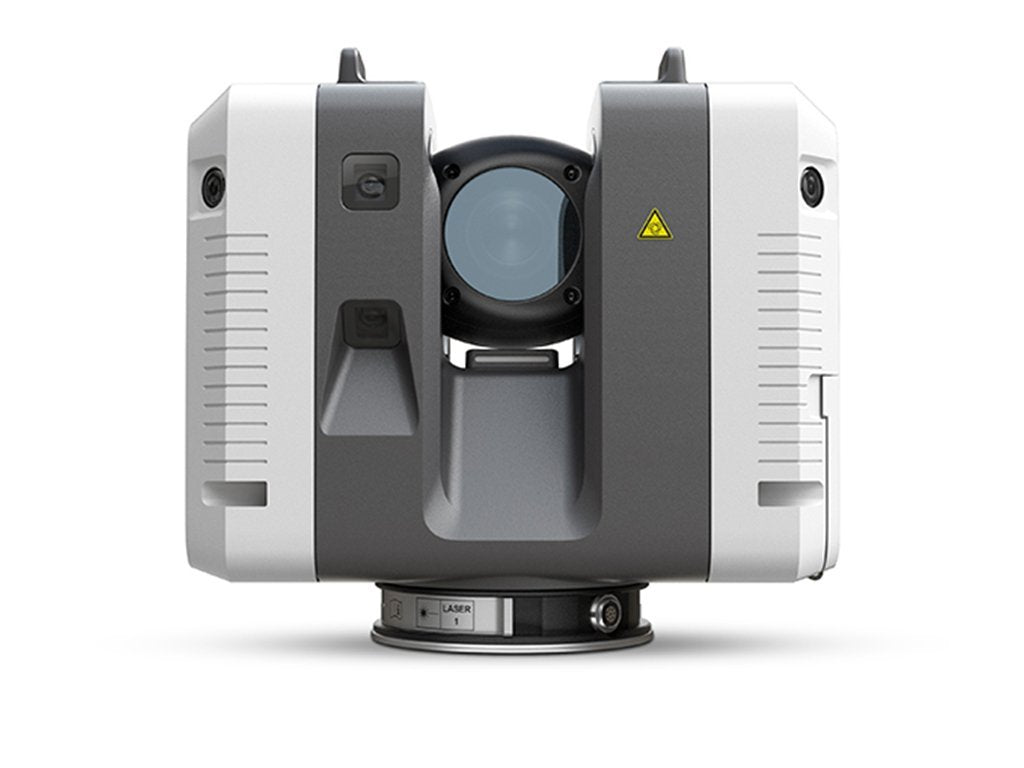Exploring the Applications of 3D Laser Scanning in Archaeology and Cultural Heritage Preservation
The integration of 3D laser scanning technology in archaeology and cultural heritage preservation marks a significant development in how historical sites and artefacts are recorded and examined. This non-invasive technique supplies exact spatial data, exposing elaborate details that were formerly hard to record. As the applications of this innovation continue to develop, various implications for conservation, paperwork, and education arise, inviting further exploration right into its transformative effect on the field.
Recognizing 3D Laser Scanning Modern Technology
3D laser scanning modern technology has actually transformed the field of archaeology by providing exact and comprehensive spatial data. This innovative innovation employs laser beam of lights to capture numerous data factors from an object or website, creating a very precise three-dimensional depiction (3D Scanning). The resulting point clouds can disclose elaborate information of historical sites, structures, and artefacts that could be undetectable to the naked eye
Using this technology, excavators can record the precise measurements, shapes, and settings of things with unprecedented precision. This method reduces the threat of human error and gets rid of the demand for substantial hand-operated measurements. Moreover, the information collected can be examined and shared conveniently, helping with partnership amongst researchers. By integrating 3D laser scanning with GIS and various other electronic devices, archaeologists enhance their capability to envision and interpret historical contexts, resulting in deeper understandings right into old cultures and environments.
Enhancing Historical Paperwork
3D laser scanning significantly enhances archaeological documentation with its capacity to develop precise site maps. This technology helps with in-depth artifact evaluation, giving insights that traditional methods may ignore. Furthermore, it assures the conservation of contextual information, which is vital for comprehending the connections within historical sites.
Precise Site Mapping
While conventional mapping methods frequently fight with capturing the detailed details of historical sites, progressed laser scanning technology offers an innovative approach to exact website mapping. This approach allows excavators to produce extremely detailed and exact three-dimensional representations of sites, showcasing topographical variants and structural attributes with exceptional fidelity. The ability to catch countless data factors in an issue of mins enables complete paperwork, which can be conveniently upgraded and shared amongst researchers. In addition, laser scanning helps with the dimension of complicated geometries that would be hard to examine using conventional devices. Because of this, this technology improves the accuracy of website maps, contributing substantially to the preservation and understanding of social heritage resources.
In-depth Artifact Evaluation
Laser scanning technology considerably improves the evaluation of archaeological artefacts, offering scientists with unprecedented detail and precision. This method records intricate surface area appearances, dimensions, and features that typical documentation strategies may neglect. By creating high-resolution 3D models, scholars can very closely take a look at artefacts without the risk of damage integral in physical handling. This precision enables better comparative research studies, making it possible for experts to determine production strategies, stylistic variations, and prospective social value. Furthermore, the capability to adjust and envision data in three measurements promotes a much deeper understanding of artifact functionality and usage. Generally, laser scanning cultivates an extra extensive technique to historical paperwork, making sure that necessary details concerning artefacts is maintained for future study and education and learning.
Conservation of Contextual Information
Protecting contextual information is important for improving historical documents, as it ensures that searchings for are comprehended within their original environmental and cultural structures. 3D laser scanning modern technology substantially adds to this conservation effort by capturing comprehensive spatial relationships amongst artefacts, structures, and their environments. By generating precise 3D versions, archaeologists can document the specific areas and positionings of objects sitting, promoting a complete understanding of their context. This innovation enables scientists to review and evaluate sites long after excavation, keeping the stability of contextual details. In enhancement, digital documents produced through scanning can be shared around the world, promoting collaborative study and public interaction. Ultimately, maintaining contextual data via 3D laser scanning enhances archaeological narratives and advertises a much more extensive recognition of cultural heritage.
Conservation of Cultural Heritage Sites
As advancements in innovation remain to progress, the preservation of cultural heritage websites has come to be progressively dependent on innovative approaches such as 3D laser scanning. This technology permits the comprehensive documents of structures, landscapes, and artefacts, catching their precise dimensions and spatial partnerships in a non-invasive way. By developing high-resolution 3D models, researchers can keep an eye on and analyze wear and tear patterns, making it possible for proactive conservation methods.
In addition, 3D laser scanning helps with the sharing of in-depth website data with the worldwide neighborhood, advertising cooperation among historians, guardians, and archaeologists. These versions offer as indispensable sources for education and learning and public involvement, increasing understanding of social heritage problems. The digital records created can safeguard versus loss due to ecological aspects, criminal damage, or disregard. Generally, 3D laser scanning represents a transformative method to the preservation of social heritage, making certain that these websites can be examined and appreciated by future generations.

Restoration and Repair Efforts
The in-depth documentation accomplished via 3D laser scanning plays a significant function in restoration and restoration initiatives within archaeology. This technology offers specific measurements and high-resolution imagery, permitting for accurate digital designs of artefacts and structures. These versions work as vital referrals throughout remediation procedures, making it possible for archaeologists to imagine the original style and make notified decisions regarding strategies and products required for repair.
Furthermore, 3D laser scanning assists in the reconstruction of damaged or lost aspects by producing in-depth reproductions. This procedure help in guaranteeing that restorations preserve historical integrity while also permitting innovative strategies to recover websites. The ability to examine wear patterns and structural weaknesses with scanned information boosts understanding of a website's historic context and its usage in browse around these guys time. As a result, 3D laser scanning not only preserves the physical facets of social heritage but likewise enriches the narrative of history, assisting future remediation endeavors.
Educational and Research Study Opportunities
The combination of 3D laser scanning in archaeology opens considerable educational and study chances. Academic collaborations can boost the understanding of old sites, while specialized training workshops furnish professionals with important abilities for utilizing this technology. With each other, these efforts foster a richer interaction with archaeological techniques and approaches.
Academic Collaborations in Archaeology
Joint efforts in archaeology have actually ended up being increasingly necessary for advancing both instructional and research study possibilities. By promoting collaborations among colleges, study institutions, and social heritage organizations, these partnerships facilitate the exchange of understanding and sources, improving the top quality of archaeological research studies. Joint projects typically leverage diverse proficiency, enabling innovative methods and thorough analyses, specifically in the published here application of innovations like 3D laser scanning. Such cooperations also advertise interdisciplinary strategies, engaging fields such as history, conservation, and location science. On top of that, scholastic collaborations often result in the advancement of brand-new educational programs and training programs, preparing the future generation of excavators to effectively utilize advanced innovations in their work. Eventually, these partnerships contribute to the conservation and understanding of social heritage.
Educating Workshops for Experts
Training workshops for professionals in archaeology are increasingly crucial for boosting abilities in the application of sophisticated innovations such as 3D laser scanning. These workshops offer participants with hands-on experience in using innovative equipment and software application, promoting a much deeper understanding of information capture and evaluation procedures. Specialists can find out to develop accurate electronic models of historical sites, which noticeably help in documentation and conservation efforts. Furthermore, these training sessions typically include conversations on best techniques and instance researches, promoting expertise exchange among participants. By spending in continuous education and learning, experts can remain upgraded on progressing technologies, inevitably enhancing the performance of their research study and social heritage preservation initiatives. This dedication to ability enhancement is essential for progressing the area of archaeology.
Future Patterns in 3D Laser Scanning for Archaeology
As advancements in innovation remain to reshape various areas, the future of 3D laser scanning in archaeology promises to improve both the precision and performance of site paperwork and analysis. important site Arising trends suggest an expanding integration of expert system and artificial intelligence, facilitating automated information handling and interpretation. This development will enable excavators to assess complicated datasets extra rapidly, causing faster understandings into historical contexts.
Moreover, the assimilation of drone technology with 3D laser scanning is likely to broaden, making it possible for detailed aerial surveys of archaeological websites that are tough to accessibility. The boosting price of scanning tools will certainly equalize accessibility, encouraging smaller sized establishments and independent scientists to make use of these devices properly. In addition, innovations in virtual truth and boosted fact will certainly enable immersive experiences for public involvement and education and learning, making historical searchings for extra interactive and obtainable. These fads jointly indicate a transformative future for archaeology, improving preservation efforts and broadening the discipline's outreach.
Frequently Asked Inquiries
Just How Much Does 3D Laser Scanning Tools Expense?

What Are the Limitations of 3D Laser Scanning?
The restrictions of 3D laser scanning consist of high prices, potential data handling obstacles, level of sensitivity to environmental conditions, and problem recording intricate details in complex surfaces, which can affect the precision and efficiency of checked representations. (3D Scanning)

Can 3D Laser Scanning Be Made Use Of Undersea?
Yes, 3D laser scanning can be used undersea, yet it needs specialized tools and methods to conquer challenges such as water distortion and minimal exposure. Successful applications have actually been demonstrated in aquatic archaeology and undersea surveys.
How much time Does a Scanning Task Commonly Take?
A scanning task usually takes anywhere from a few days to numerous weeks, depending upon the complexity and dimension of the area being checked, together with the prep work and post-processing demands associated with the project.
Exist Particular Software Program Demands for Handling 3D Scans?
Yes, details software program requirements for refining 3D scans include programs with the ability of handling big factor clouds, such as Autodesk ReCap, Cyclone, or MeshLab. These devices help with evaluation, visualization, and integration into numerous applications efficiently.
The combination of 3D laser scanning modern technology in archaeology and social heritage conservation marks a substantial advancement in exactly how historical websites and artefacts are documented and examined. 3D laser scanning modern technology has transformed the area of archaeology by providing thorough and accurate spatial information. As innovations in technology continue to evolve, the preservation of social heritage websites has actually become increasingly reliant on ingenious approaches such as 3D laser scanning. As innovations in technology continue to reshape different fields, the future of 3D laser scanning in archaeology guarantees to boost both the precision and performance of website documentation and analysis. The integration of drone technology with 3D laser scanning is likely to expand, allowing complete airborne studies of historical websites that are hard to accessibility.